Telescope
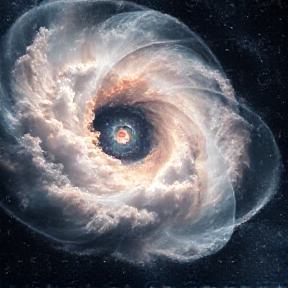
NASA’s Hubble Reveals Largest Found Chaotic Birthplace of Planets
NASA’s Hubble Reveals Largest Found Chaotic Birthplace of Planets Hubble Space Telescope has imaged the largest protoplanetary disk ever observed circling a young star, IRAS 23077+6707, which spans nearly 400 billion miles – 40 times the diameter of our solar system. The disk is unexpectedly chaotic and turbulent, with wisps of material stretching much farther […]
🔬 Science
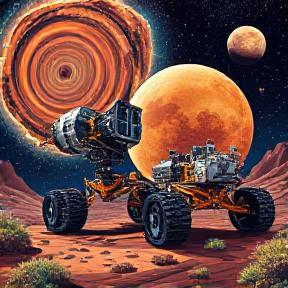
NASA’s Webb, Curiosity Named in TIME’s Best Inventions Hall of Fame
NASA’s Webb, Curiosity Named in TIME’s Best Inventions Hall of Fame NASA’s James Webb Space Telescope and Curiosity rover have been named in TIME’s Best Inventions Hall of Fame, recognizing their groundbreaking impact on science and technology. The James Webb Space Telescope is the most powerful space telescope ever built, giving humanity breathtaking views of […]
🔬 Science
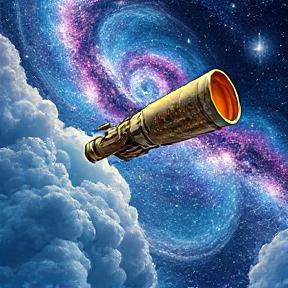
NASA Announces Plan to Map Milky Way With Roman Space Telescope
NASA Announces Plan to Map Milky Way With Roman Space Telescope NASA’s Nancy Grace Roman Space Telescope will conduct a Galactic Plane Survey to map the Milky Way galaxy in unprecedented detail, revealing tens of billions of stars and exploring previously uncharted structures. The survey will cover nearly 700 square degrees of the galaxy’s disk-shaped […]
🔬 Science
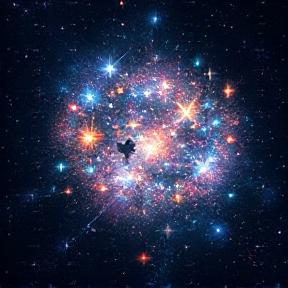
Massive Stars Make Their Mark in Hubble Image
Massive Stars Make Their Mark in Hubble Image The Hubble Space Telescope has captured an image of Markarian 178 (Mrk 178), a blue dwarf galaxy located 13 million light-years away, featuring a unique blend of young stars and rare massive Wolf-Rayet stars. Mrk 178 is one of over 1,500 Markarian galaxies, named after Armenian astrophysicist […]
🔬 Science
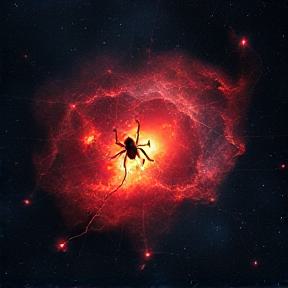
Red Spider Nebula
Red Spider Nebula The James Webb Space Telescope has captured new details of the Red Spider Nebula, a planetary nebula. The image reveals the full extent of the nebula’s outstretched lobes, which form the ‘legs’ of the spider and are traced by light emitted from H2 molecules. The lobes are shown to be closed, bubble-like […]
🔬 Science

NASA’s Roman Observatory Passes Spate of Key Tests
NASA’s Roman Observatory Passes Spate of Key Tests NASA’s Roman Observatory has passed several critical tests, including a shake test, acoustic testing, and thermal vacuum testing, to ensure its successful launch. The outer portion of the observatory, which includes the telescope, instrument carrier, and solar panels, underwent vibration and acoustic testing to replicate the rocket […]
🔬 Science
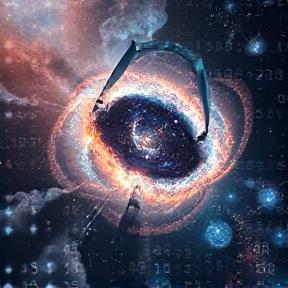
Hubble Seeks Clusters in ‘Lost Galaxy’
Hubble Seeks Clusters in ‘Lost Galaxy’ Hubble Space Telescope has released a new image of the “Lost Galaxy” NGC 4535, which is located 50 million light-years away in the constellation Virgo. The galaxy features young star clusters and H II regions, which are signs of massive stars that have recently formed and are heating up […]
🔬 Science
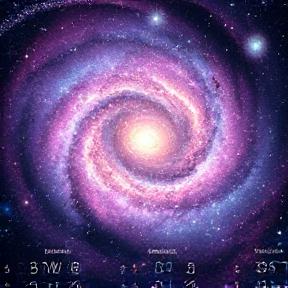
Hubble Studies Star Ages in Colorful Galaxy
Hubble Studies Star Ages in Colorful Galaxy Hubble Space Telescope has captured an image of the spiral galaxy NGC 6000, located 102 million light-years away, showcasing stars of various ages and colors. The galaxy’s center features older, smaller stars with a glowing yellow hue, while its outskirts boast brilliant blue star clusters hosting young, massive […]
🔬 Science
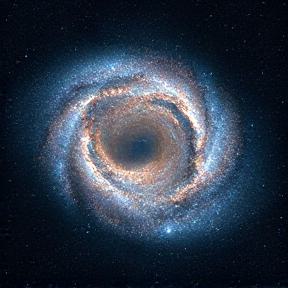
Hubble Captures Puzzling Galaxy
Hubble Captures Puzzling Galaxy Hubble Space Telescope captures an image of NGC 2775, a galaxy that’s hard to categorize as either spiral or elliptical due to its unique features. The galaxy has a smooth, featureless center and a dusty ring with patchy star clusters, which could indicate it merged with other galaxies in the past. […]
🔬 Science
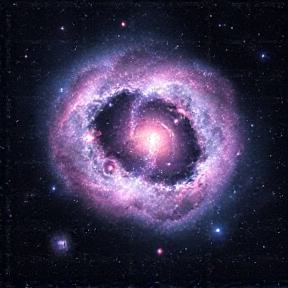
Hubble Surveys Cloudy Cluster
Hubble Surveys Cloudy Cluster Hubble Surveys Cloudy Cluster: A new image from NASA/ESA Hubble Space Telescope features a cloudy starscape from an impressive star cluster in the Large Magellanic Cloud, a dwarf galaxy about 160,000 light-years away. The image showcases the second-largest star-forming region in the galaxy, called N11, where gas clouds coalesce into new […]
🔬 Science
